Breaking through illusions and seeking a new earth is a consistent theme in the evolution of all human spirituality and philosophy. While, the Buddha, the Hebrew Prophets, Confucius, Jesus, and Muhammad might have defined this good news quite differently, the message was always the same … human selfishness, greed, and a desire for power creates profound injustices in our life together. To rediscover the fullness of our humanity begins with the recognition of these false reality that surrounds us … but we mistake as reality.
These enlightened men and women, along with their followers, have always relied on the arts and the creative imagination as a key tool to name and to break through the illusion. Music, storytelling, drama, poetry, and the visual arts provided the tools, storyline, score, and stage sets for this new or awakened consciousness.
As this community witnessed Pat’s energetic embrace of this ancient spiritual tradition through contemporary teachers like Eckhart Tolle, this community witnessed profound shifts in her artistic production. Pat’s artistic practice and her spiritual practice are becoming reflections of one another. Gone are the fun and light-hearted paintings and multi-edition prints that where much loved … and financially lucrative. In their place are profound meditations on the human spirit and visualizations of our interconnectedness with each other and our world.
The works in this exhibition were selected from the last four years of Pat’s artistic and spiritual practice. Utilizing her often repeated mantra … “it’s either love or fear” … the works reflect her spirituality about choosing love. Like any good disciple, Pat invites us to look through the illusion … past the ego … and toward a diverse and loving world filled with hope.
As many spiritual traditions recognize, the transformation of an individual’s consciousness is solely the interior work of the individual. The gift of the creative imagination … for both the seeker and the viewer … is to provide alternative visions of reality to contemplate, and thus aid the journey of awakening and a new vision of reality.
The visual centerpiece of the exhibition is an intentional installation of a donkey, an elephant, and the old church pew. The exhibition invites to viewer to rethink the reality/illusion around us. There is no greater feeling in our culture than the seemingly insurmountable divides we have created for ourselves and our life together. This assemblage invites us to sit and ponder what is the reality …. and what is the illusion … and how do we reorient our current cultural crisis. As Eckhart Tolle reminds us … the survival of illusion depends on us mistaking it for reality.
Mitchell Bond and Patrick Ellis
- Eckhart Tolle


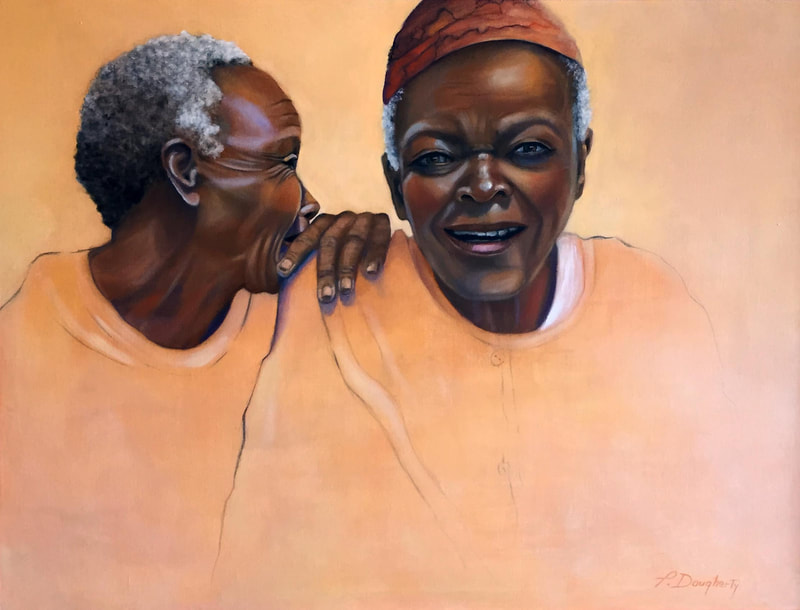
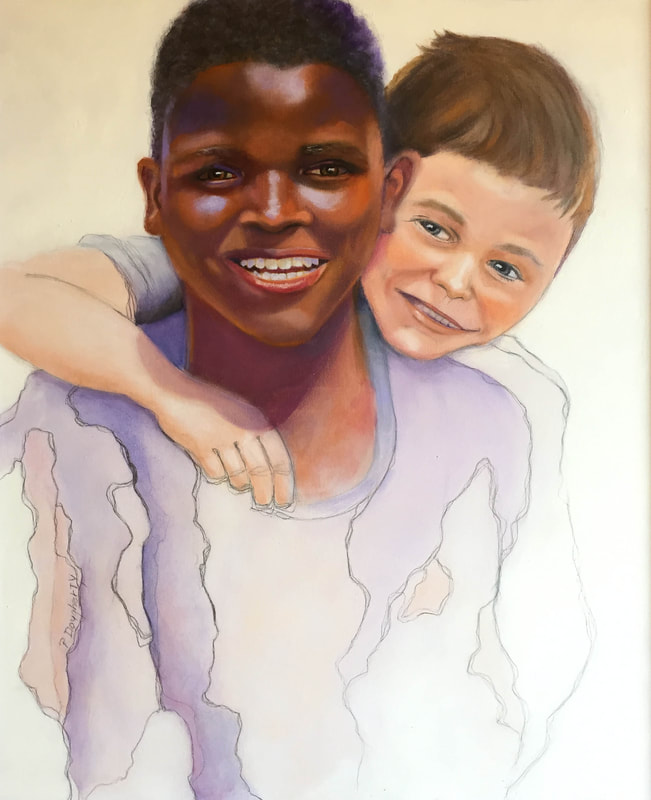
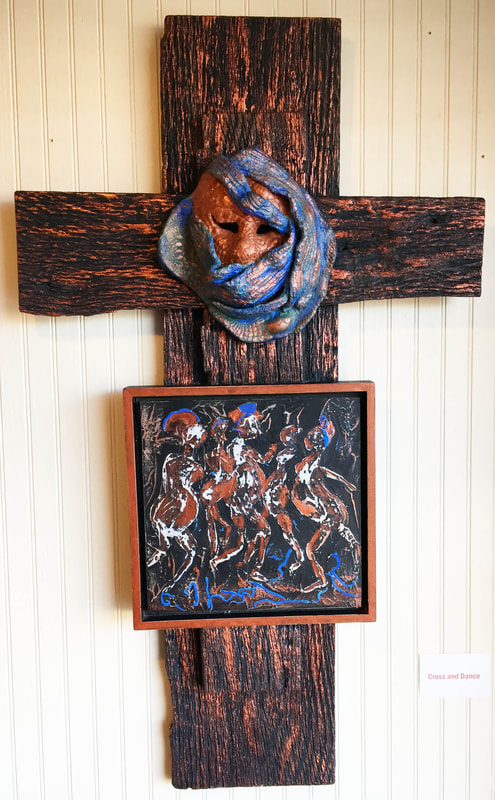
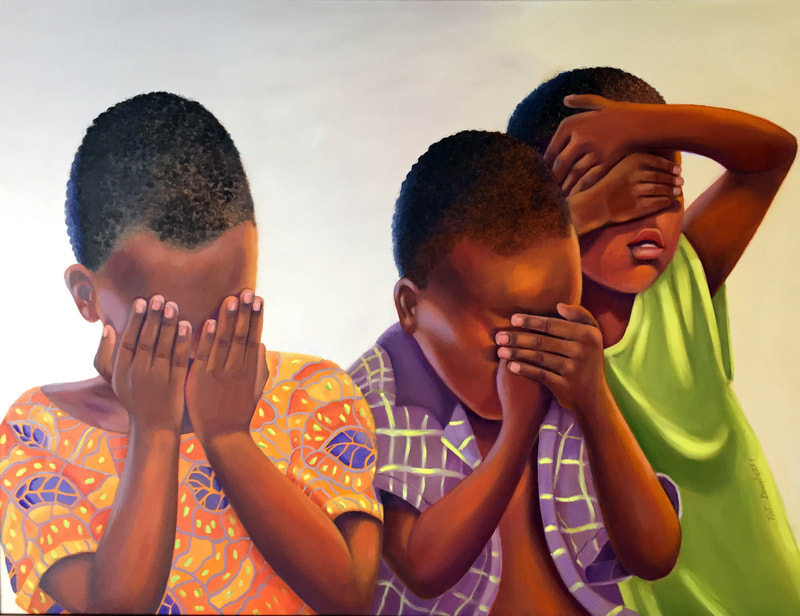
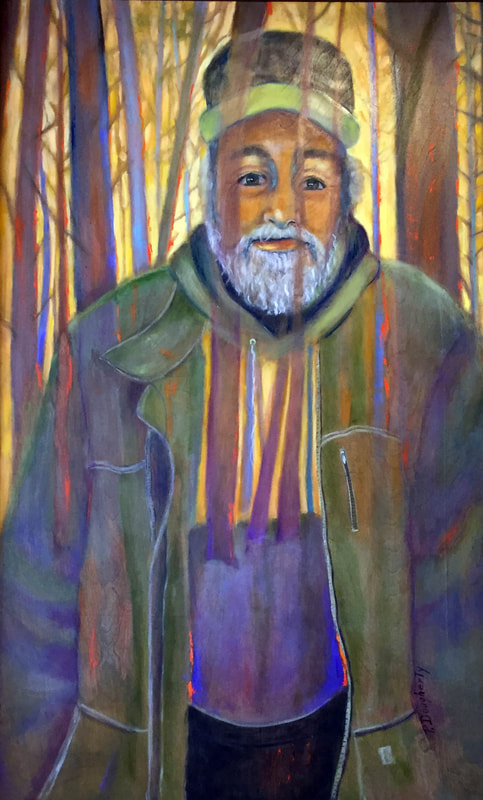
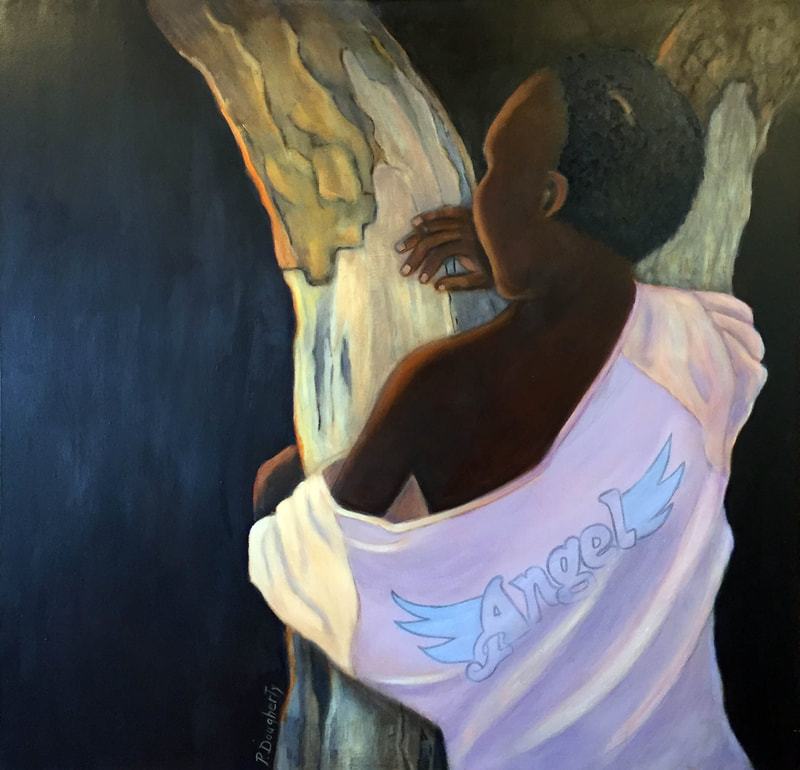

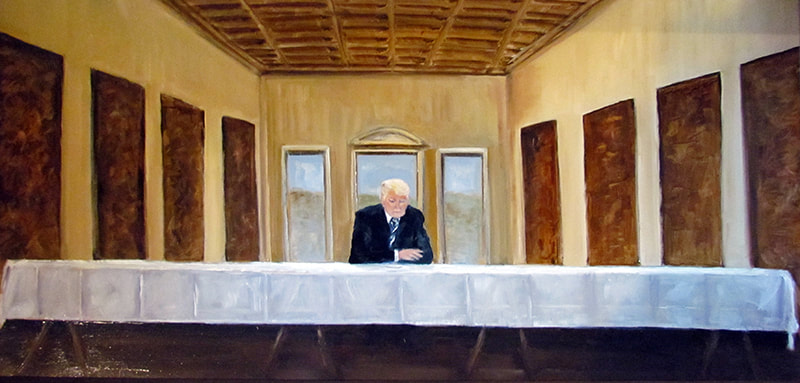
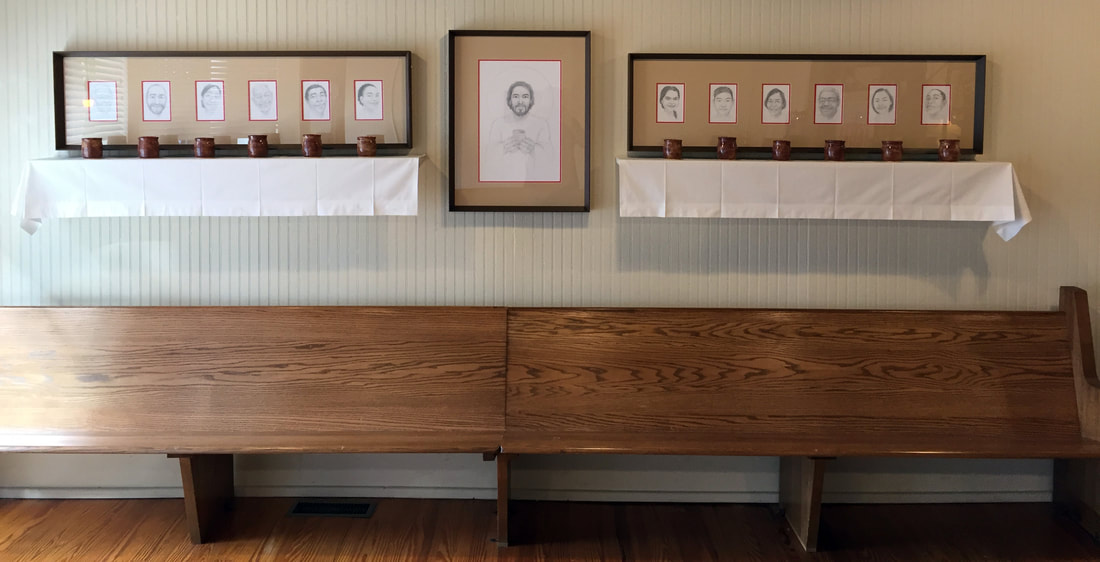

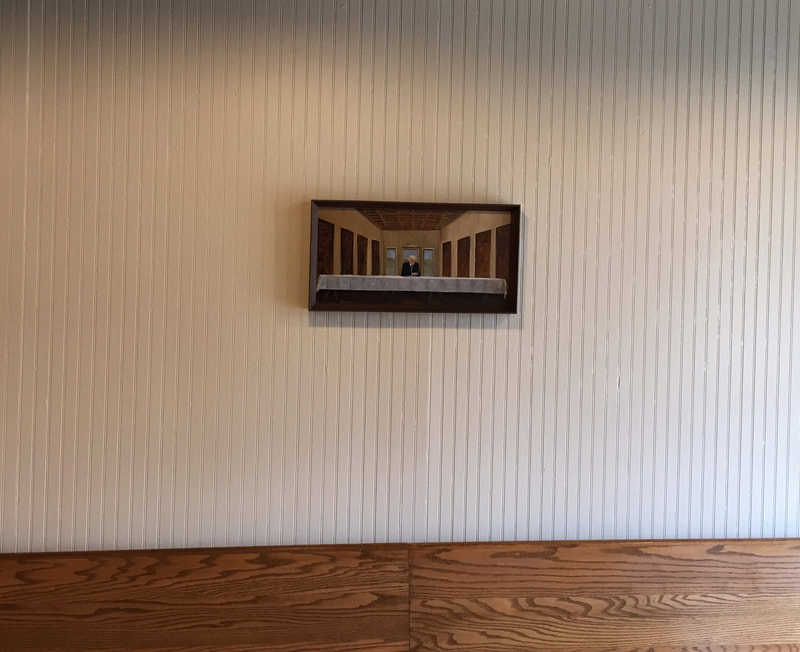

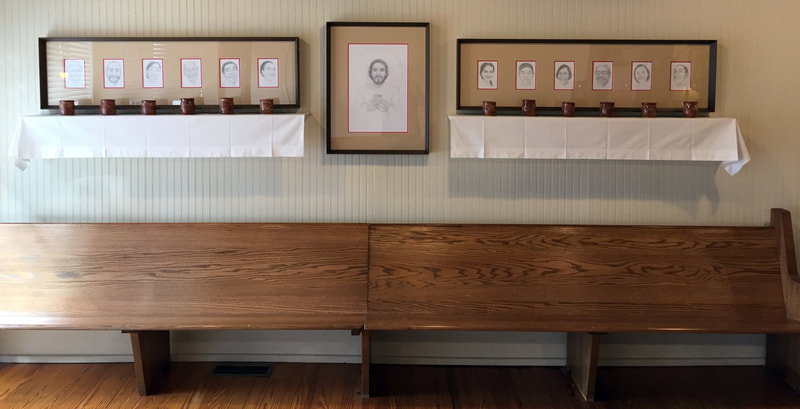
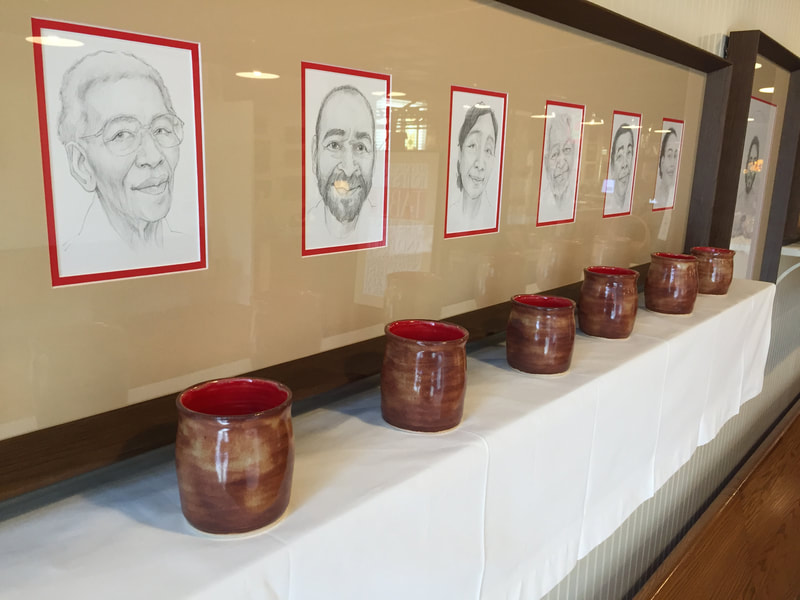
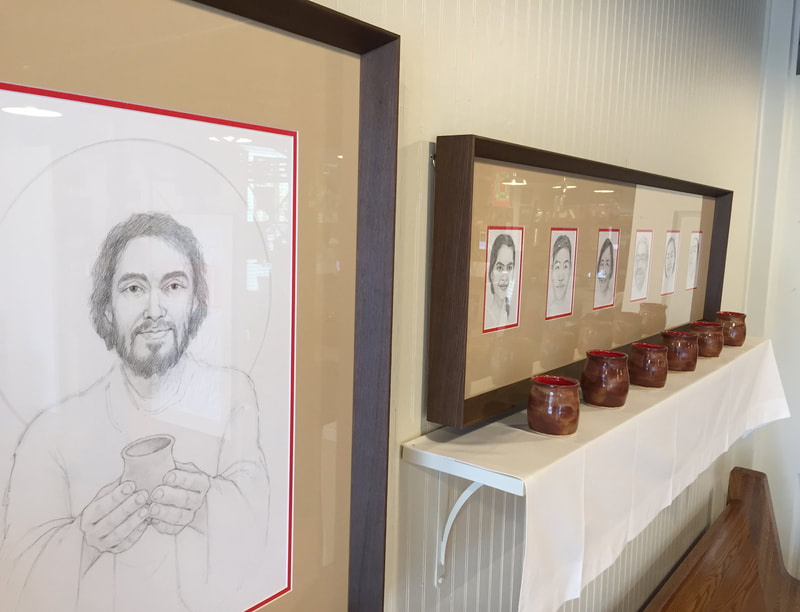
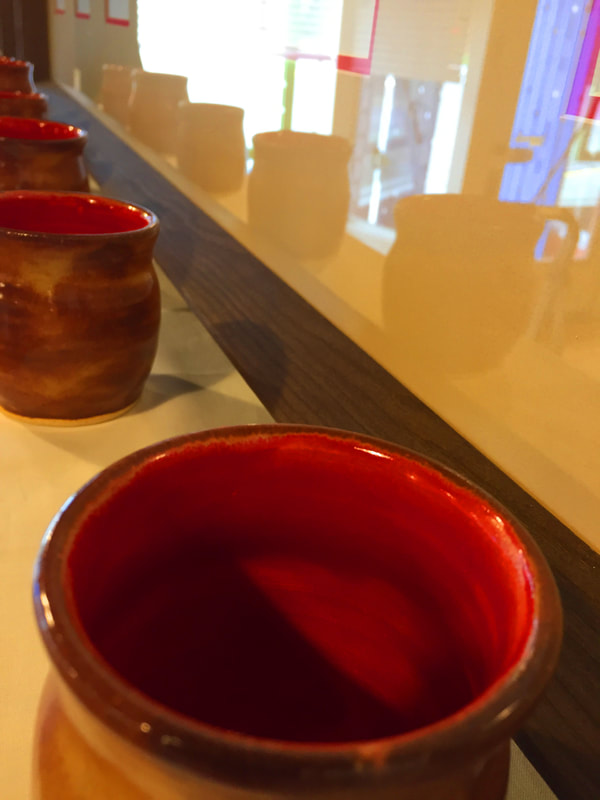




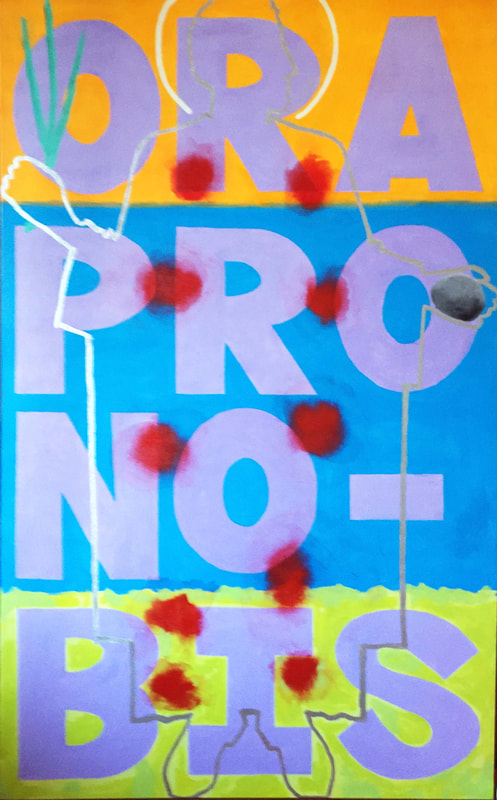









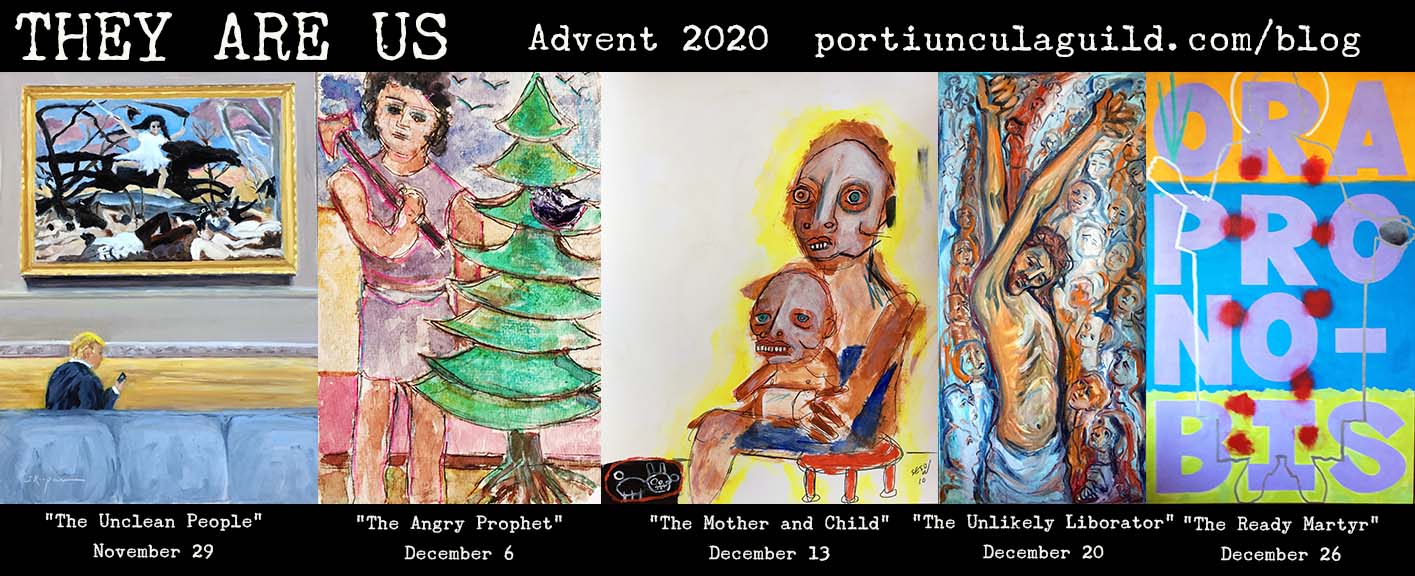

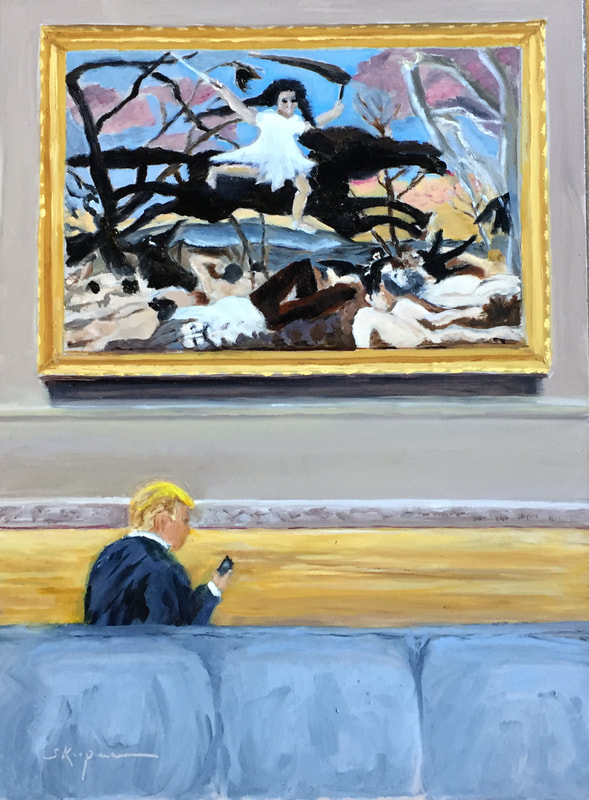
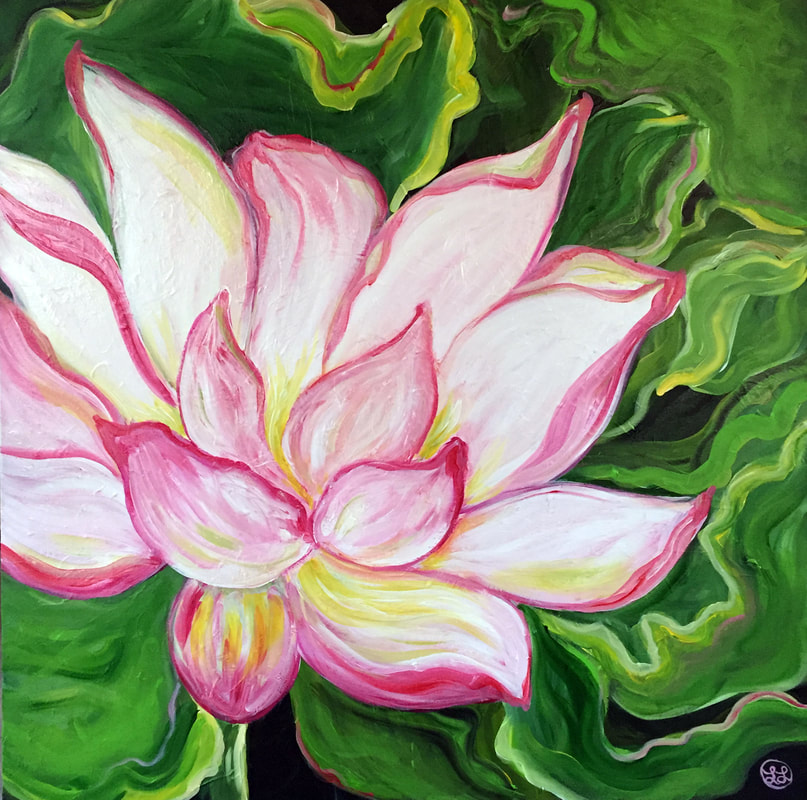



 RSS Feed
RSS Feed